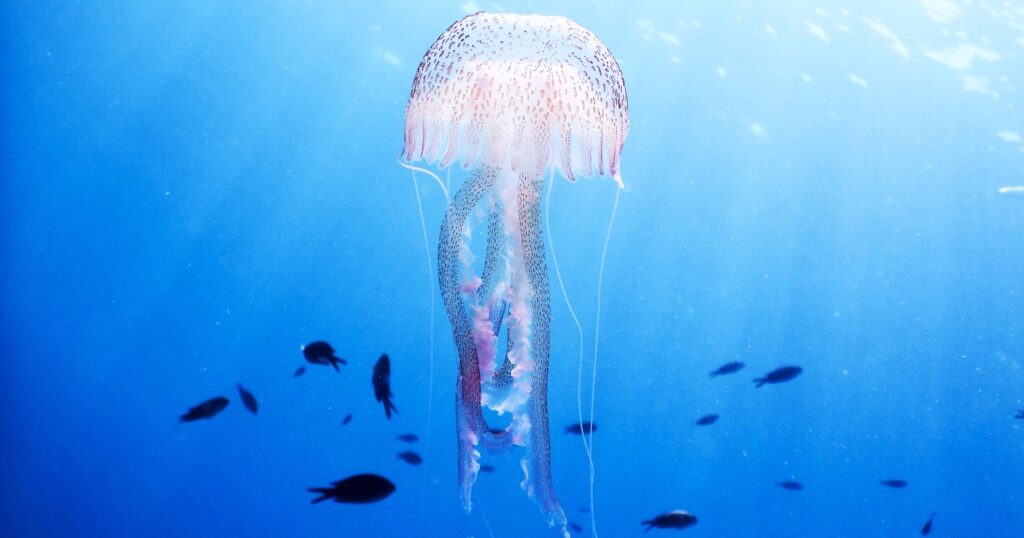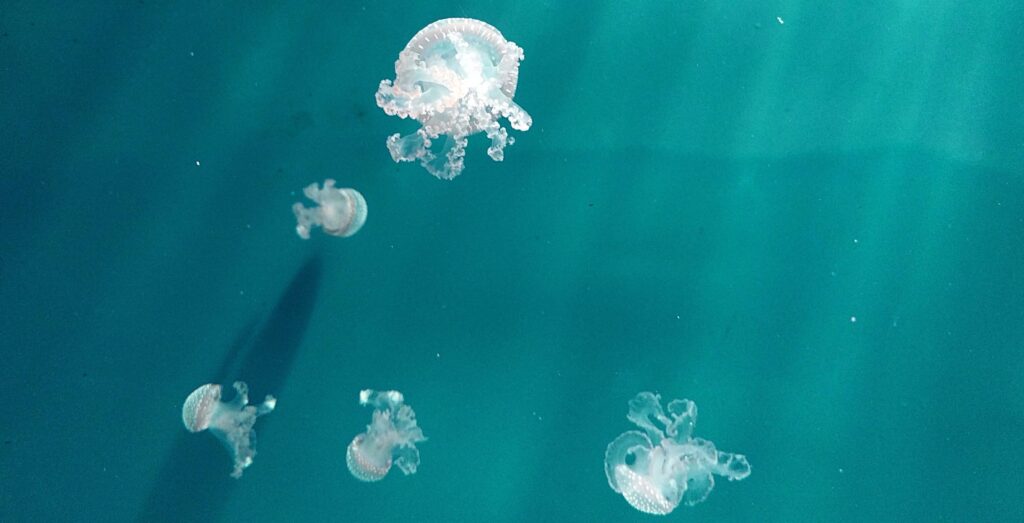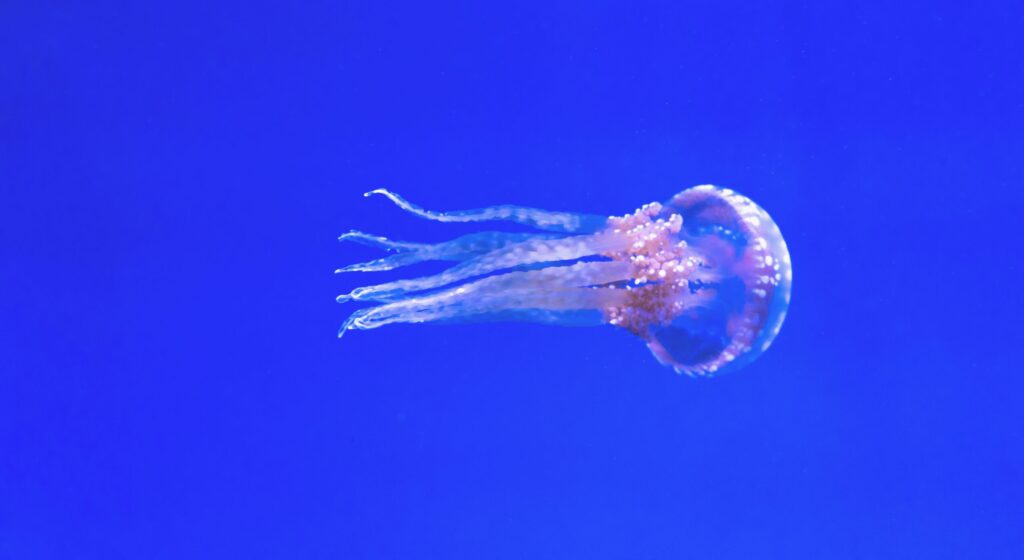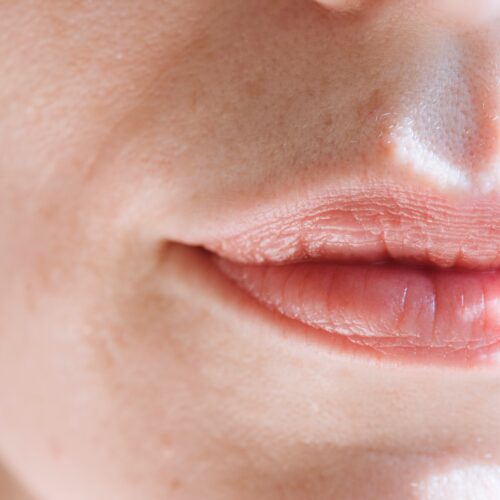 How to Protect Yourself from Jellyfish and Enjoy Your Time in the Water
How to Protect Yourself from Jellyfish and Enjoy Your Time in the Water
Jellyfish are fascinating creatures in oceans, lakes, and even rivers worldwide. While they are deceptively beautiful to observe from a distance, however their stings can be excruciating and even life-threatening in some cases. Knowing how to avoid jellyfish stings and practicing safety tips when near them is essential for anyone who enjoys spending time in or near the water.
Whether you’re a seasoned swimmer or just starting to explore the ocean, understanding how to not get stung and taking jellyfish safety precautions can make all the difference in enjoying your time in the water.
If you are stung by a jellyfish, here are some steps you can take:
- Rinse the stings and affected area with saltwater, not freshwater. Freshwater can make the sting worse by causing the release of more venom.
- Remove any tentacles stuck to your skin with tweezers or the edge of a credit card.
- Soak the affected area in hot water (not scalding) for 20 to 45 minutes. The heat will help to break down the venom and relieve pain.
- If you don’t have access to hot water, you can also apply a cold pack to the area to reduce swelling and pain.
- Use over-the-counter pain relievers, such as ibuprofen or acetaminophen, to help with the pain.
- If stings are severe, or you experience symptoms such as difficulty breathing, chest pain, or a rapid heartbeat, seek medical attention immediately.
 What are the areas where there are deadly jellyfish?
What are the areas where there are deadly jellyfish?
Several species of jellyfish are known to be dangerous or even deadly to humans. Here are some areas where these types of jellyfish are commonly found:
- Box jellyfish: These are some of the most venomous jellyfish in the world and are found in the waters around Australia, Thailand, Malaysia, the Philippines, and Vietnam.
- Irukandji jellyfish: These tiny, transparent jellyfish are found in the waters around Australia, particularly in the northern part of the country.
- Sea wasp jellyfish: These are another highly venomous species of jellyfish found in the waters around Australia and Southeast Asia.
- Portuguese man o’ war: These jellyfish are found in warm ocean waters, including the Atlantic Ocean, the Gulf of Mexico, and Australia.
 TIP: It’s important to note that dangerous or deadly jellyfish can also be found in other areas, and it’s always a good idea to check with local authorities or lifeguards about any potential dangers before entering the water.
TIP: It’s important to note that dangerous or deadly jellyfish can also be found in other areas, and it’s always a good idea to check with local authorities or lifeguards about any potential dangers before entering the water.
How can you swim safely without being stung by a jellyfish?
Swimming in areas where jellyfish are present can be risky, but there are steps you can take to reduce the likelihood of being stung. Here are some tips for swimming safely in areas where jellyfish are present:
- Check for warnings: Before entering the water, check for any warnings or alerts about jellyfish in the area. Local authorities or lifeguards may know where jellyfish have been spotted or if there is a high risk of stings.
- Wear protective clothing: Wearing a wetsuit, or other protective clothing can help reduce the chances of being stung by a jellyfish. Additionally, wearing a rash guard or other protective tops can help protect your upper body.
- Swim with a buddy: Swimming with a partner can help keep you safe in case of an emergency, and they may be able to assist you if you are stung.
- Avoid areas with jellyfish: If possible, avoid swimming where jellyfish are known to be present, particularly during peak jellyfish season.
- Swim during daylight hours: Some jellyfish are more active at night, so swimming during daylight hours can reduce your risk of encountering them.
- Be cautious: If encountering a jellyfish, swim away from it slowly and avoid touching it. Keep an eye out for any tentacles or jellyfish in the water around you, and exit the water if you see many jellyfish.
Is there a product that repels jellyfish?
Some products on the market claim to repel jellyfish, but the effectiveness of these products needs to be well-established. Some products contain chemicals that may deter jellyfish from approaching, while others use electrical or magnetic fields to create a barrier.
However, there is little scientific evidence to support the effectiveness of these products, and it needs to be clarified whether they provide reliable protection against jellyfish stings. It’s always best to use caution when swimming in areas where jellyfish are present and to follow the guidelines for safe swimming to reduce the risk of stinging.
If you are concerned about the presence of jellyfish, it’s a good idea to check with local authorities or lifeguards for any warnings or alerts before entering the water. Additionally, wearing protective clothing such as a wetsuit and avoiding swimming during peak jellyfish season can help reduce the risk of being stung.
 How do you know if you were stung by a jellyfish that can kill you versus one that can not?
How do you know if you were stung by a jellyfish that can kill you versus one that can not?
It can be questionable to know if you have been stung by a jellyfish that can be deadly versus one that is not. In general, most jellyfish stings are not life-threatening, and the severity of the sting can depend on the type of jellyfish, the amount of venom injected, and the sensitivity of the person who has been stung.
However, some signs may indicate a more severe jellyfish sting, including:
- Severe pain: A sting from a deadly jellyfish can cause intense, burning pain that may not go away with home treatment.
- Difficulty breathing: Some jellyfish stings can cause breathing difficulties, including shortness of breath or chest tightness.
- Nausea or vomiting: A severe jellyfish sting may cause nausea, vomiting, or other gastrointestinal symptoms.
- Irregular heartbeat: In rare cases, a jellyfish sting can cause an irregular heartbeat or other cardiac symptoms.
- Loss of consciousness: In the most severe cases, a jellyfish sting may cause a person to lose consciousness.
If you experience any of these symptoms after jellyfish stings, seek medical attention immediately. It’s also important to note that some people may have an allergic reaction to a jellyfish sting, which can be life-threatening in some cases. If you have a history of severe allergic reactions or anaphylaxis, it’s essential to be especially cautious when swimming where jellyfish are present.
Is it wise to have an epi-pen with you in case of a sting?
Carrying an epinephrine auto-injector (an EpiPen) can be a wise precaution for people at risk of severe allergic reactions to jellyfish stings or other allergens. While not everyone stung by a jellyfish will have an extreme reaction, some people may be allergic to the venom, and a severe allergic reaction (anaphylaxis) can be life-threatening.
If you have a history of severe allergic reactions to jellyfish stings or other allergens, you must talk to your doctor about whether carrying an EpiPen is appropriate. They can help you determine whether you are at risk for anaphylaxis and whether carrying an EpiPen is your proper precaution.
It’s also important to note that an EpiPen should not be used as a substitute for seeking medical attention jellyfish stings. Even if you carry an EpiPen, seeking prompt medical attention is essential if you experience any severe symptoms after being stung.
 Do Epi pens work on stings from jellyfish that can kill you, or is it worthless?
Do Epi pens work on stings from jellyfish that can kill you, or is it worthless?
An EpiPen (epinephrine auto-injector) can help to treat the symptoms of a severe allergic reaction to jellyfish stings, including anaphylaxis, which can be life-threatening. However, an EpiPen will not treat the jellyfish’s venom, so it will not be effective at treating the sting directly.
It’s important to note that not all jellyfish stings cause anaphylaxis, and even if you are at risk for anaphylaxis, you may not need to use an EpiPen after stings. The decision to use an EpiPen should be made in consultation with a medical professional, who can evaluate your symptoms and determine the appropriate course of treatment.
If you are stung by a jellyfish and experience symptoms such as severe pain, difficulty breathing, or an irregular heartbeat, seek medical attention immediately, regardless of whether or not you have an EpiPen. Prompt medical treatment can help to reduce the risk of complications from a severe jellyfish sting.
 How long does it take for a jellyfish venom to kill someone?
How long does it take for a jellyfish venom to kill someone?
The time it takes for a jellyfish venom to kill someone depends on various factors, including the species of jellyfish, the amount of venom injected, and the age and health of the person who has suffered the stings.
In general, most jellyfish stings are not life-threatening; the symptoms may include pain, itching, redness, and swelling. However, some species of jellyfish are more dangerous, and their venom can cause more severe symptoms, such as difficulty breathing, heart failure, and even death.
In some cases, deadly jellyfish sting symptoms can develop rapidly within a few minutes of being stung. However, the symptoms may develop more slowly for several hours in other cases.
It’s essential to seek medical attention immediately for stings by a jellyfish and are experiencing severe symptoms. Prompt treatment can help reduce the risk of complications and improve the chances of a full recovery.
TIP: Before leaving for your adventures, it’s important to contact your medical professional for advice and any safety measures.
*Sources Mayo Clinic, WebMD and experts on jellyfish and water safety can include marine biologists, lifeguards, medical professionals, and researchers who specialize in aquatic environments and the creatures that inhabit them. Government organizations such as the National Oceanic and Atmospheric Administration (NOAA) and the Centers for Disease Control and Prevention (CDC) can provide valuable information and resources on jellyfish safety.



